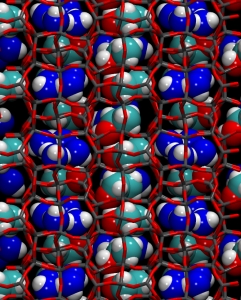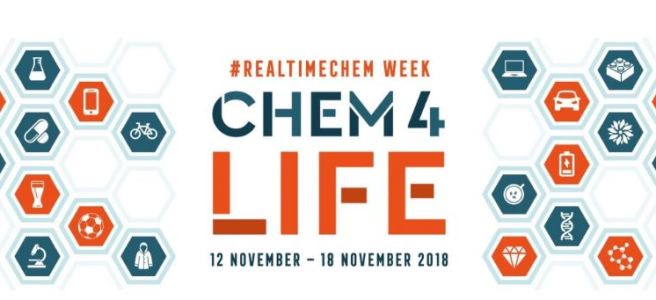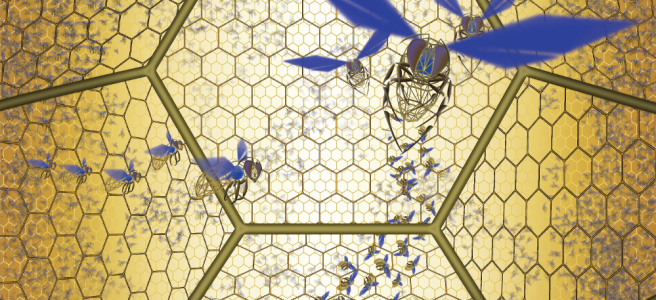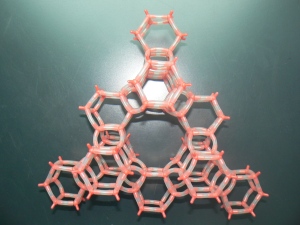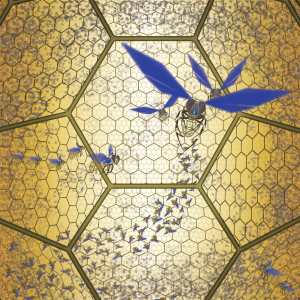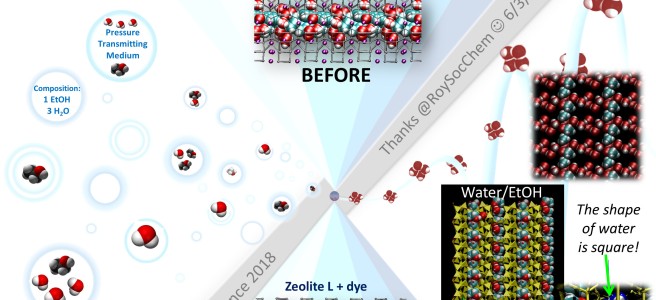Because chemistry is beauty, and you want to show it,
Because chemistry is exciting, and you like to share it,
Because chemistry is diverse, and you want to contribuite,
Because chemistry is community, and you feel to be part of it:
there’s #RealTimeChem: the greatest community of chemists on line . As @Doctor_Galactic says, it “exists to celebrate chemistry day or night” because chemistry happens any time: it’s done by real people, and it’s part of our life.
As much as you enjoy celebrating chemistry, doing research and running experiments, it comes a moment when you feel tired, disappointed, or sad. Sure, we all have those moments – and when they come, the warmth of the community might do a great deal (trust me – it works)!
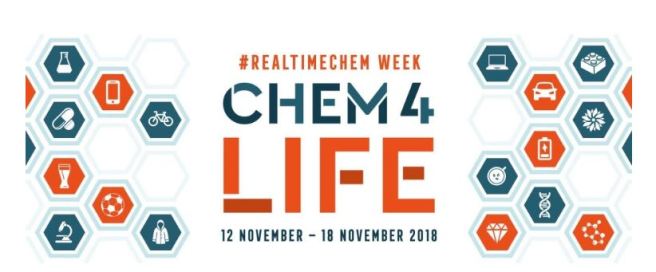
Although the #RealTimeChem hashtag “operates 24/7“, there’s a special time of the year: the #RealTimeChem Week, aimed at raising awareness of the community and encouraging chemists of any level and discipline to join in. By following #RealTimeChem, you see lots of cool chemistry, and the fun is doubled if you also take part. It involves a “competition” with different award categories (sponsored by C&EN ), and other fun activities, like a creative chemistry cooking contest (sponsored by @ChemPubSoc_Euro), or a blog carnival. This year I am particularly excited, because i happened to be among the winners (thanks C&EN!) and this made my day.
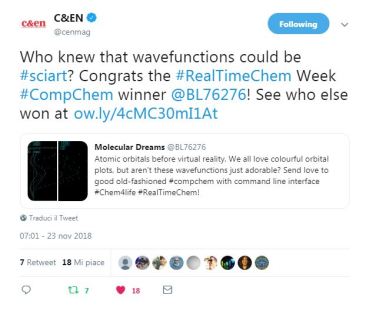
Nonetheless, taking part and being inspired by all the great chemistry outside there, was equally exciting – both fun and instructive. For a taste of the awesomeness of the event, please take a look to this beautiful article from C&EN (which also contains fab pics from the winners/runners-up of all categories), or to Doctor Galactic’s blog , where you may find “delicious” images from the winners of the #Whatscooking? contest!
This is the right occasion to celebrate #RealTimeChem for bringing together people actively doing (or curious about) chemistry, its inventor Dr. Galactic, all the organizations supporting the amazing activities, and everyone that post their fun/inspiring/unexpected/awesome contributions to #RealTimeChem.
This year the theme of the week (as suggested by @g_laudadio and chosen by the community) was #Chem4Life – the chemistry of every day life. Being a computational chemist, I find it often hard to share my “everyday chemistry” with lab colleagues, especially those working with colourful transition metal complexes, or beautifully fluorescent stuff. Of course, nice molecular graphics or three-dimensional orbital plots nowadays help a lot to raise interest in theoretical/computational chemistry (#compchem), but what happens behind the scenes? What actually is “everyday #compchem”? The pictures I shared on Twitter were an attempt to capture such an aspect in a visual, immediate way! Here is it:

As regards the #compchem hasthag, it has been around for long time. It is used among #compchem -ists to exchange research news about #compchem papers or codes, but also as a discussion forum, to ask for advice, to advertise a PhD or postdoc position… and so on. There is also a “community journal” named Computational Chemistry Daily, maintained by @janhjensen , to which everyone can contribute by tweeting a link to a paper (or to a code, blog post, graphics..) using the hashtag #compchem. It is extremely useful for keeping up with the field: I see it as a sort of community service, and love it. I’ve learnt a lot by following it, and met awesome people! It’s important for the computational/theoretical chemists of all ages, levels, and flavours of #compchem to have an informal place where they could meet and discuss. And I am grateful that this place exists… thank you so much all of you awesome #compchem-ists!
-
“Everyday #compchem”

-
“beautified #compchem”

